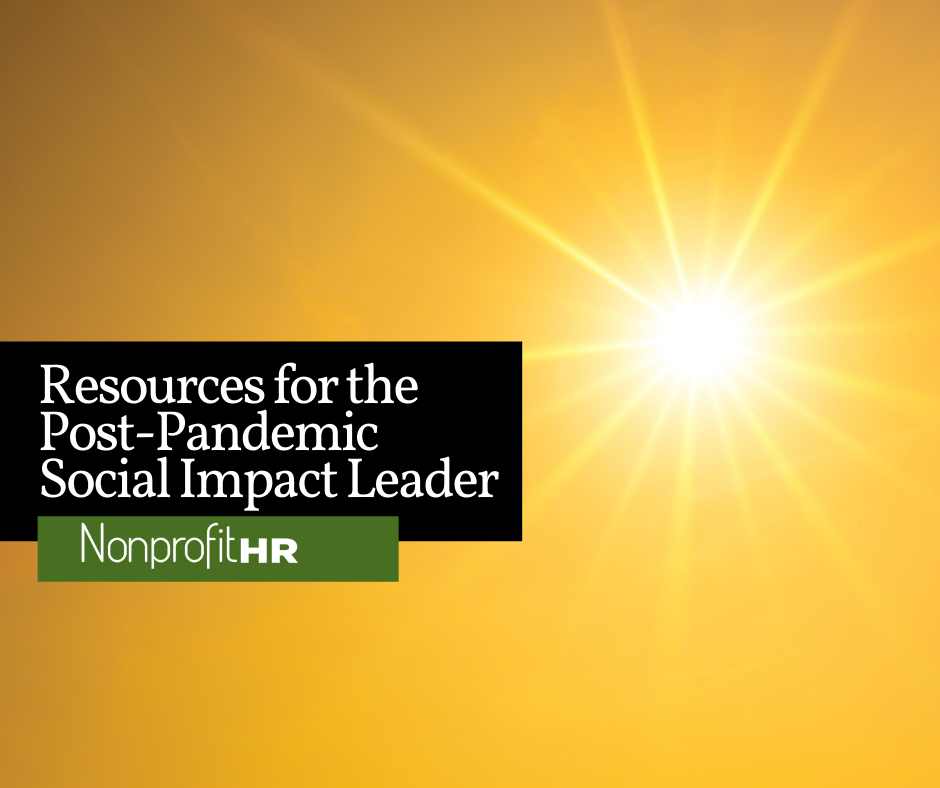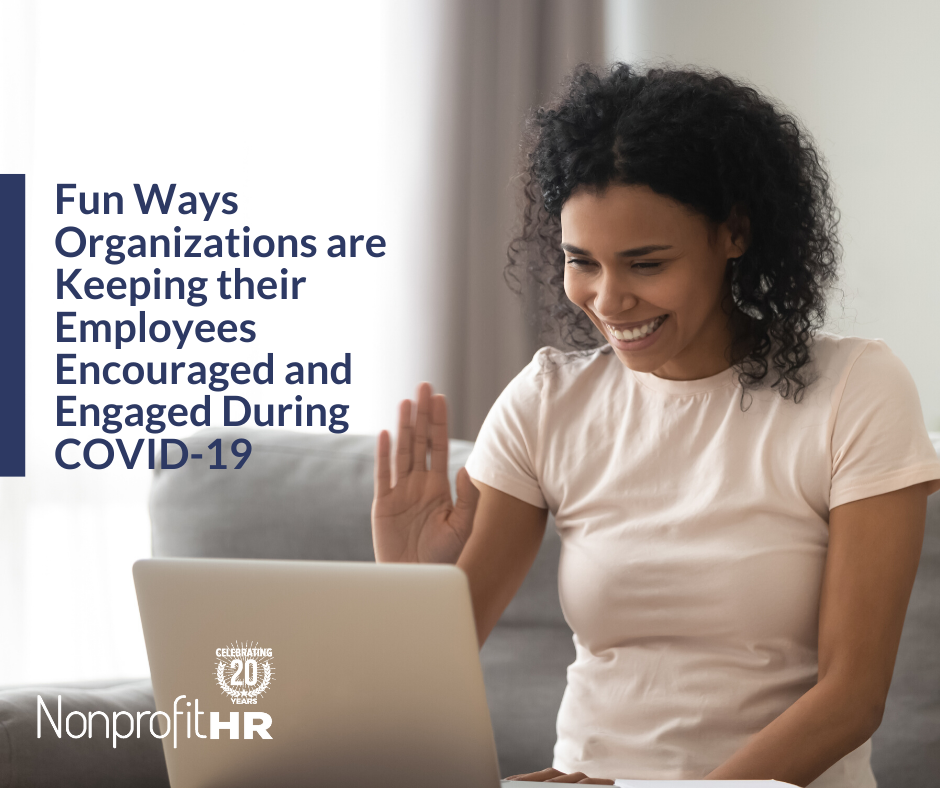WTOP: 5 ways nonprofits can…
2017 is underway, and your organization has likely spent considerable time preparing for the year. However, recent legislative changes and changes to reporting requirements could affect the plans you’ve put in place. Here are two new developments your nonprofit should be aware of as the new year begins:
The Century Cures Act
- What it is: a new law that allows some employers to reimburse employees with pre-tax dollars for health insurance purchased on the open market
- Who it impacts: Small nonprofits with less than 50 full-time equivalent employees
Last month, President Obama signed into law the 21st Century Cures Act. Effective January 1st, the law allows organizations with less than 50 full-time employees or FT-equivalents that don’t sponsor a group health plan to use pre-tax dollars to reimburse employees who purchase individual health plans for themselves.
The legislation creates a new type of HRA, the qualified small employer health reimbursement arrangement (QSEHRA), which comes with several stipulations. For example, there is a maximum reimbursement amount ($4,950 for individuals and $10,000 for families) and the option for reimbursement must be provided to all eligible full-time employees.
This bill was signed into law in late 2016, after most organizations had already wrapped up 2017 benefits planning, and details about the logistics of offering QSHERA contributions are still being worked out. With that in mind, it’s unlikely your organization will be able to take advantage of the opportunity to provide QSHERA contributions immediately. However, this new law may provide an attractive alternative for small nonprofit employers that want to provide healthcare benefits to their employees and minimize the complexity of group plan administration in 2018 and beyond. We are continuing to monitor developments related to The Century Cures Act and QSHERA contribution options, and will keep you informed as new information becomes available.
The Revised EEO-1 Report
- What it is: Changes to the EEO-1 Survey that expand participation requirements and request more information from employers
- Who it impacts: Private employers (including nonprofits) with 100 or more employees
In an effort to improve its’ investigations into pay discrimination based on gender, race and ethnicity, the U.S. Equal Employment Opportunity Commission (EEOC) has released a revised EEO-1 Report. This new report will expand participation requirements considerably to all private employers with 100 or more employees. It will also include two new categories of information:
- Summary pay data, which includes the total number of full- and part-time employees, but does not require individual salary reports. See a sample report here.
- Aggregate hours worked, which includes an aggregate report of how many hours employees worked throughout the year across 12 pay bands that mirror the bands used by the Bureau of Labor Statistics for the Occupation Employment Statistics survey.
To help ease the transition, the 2017 revised report will be due six months later than in previous years, on March 31, 2018. However, now is a good time to identify any wage disparities that may exist at your organization and begin working to repair them. It’s also the right time to make sure your policies and reporting tools are optimized for compliance and data collection.
If you want more information about the impact these new developments could have on your nonprofit, contact us. Our team of experts is ready to partner with your organization to ensure you’re in compliance with new regulations and help you through all the changes the year ahead will bring.





























